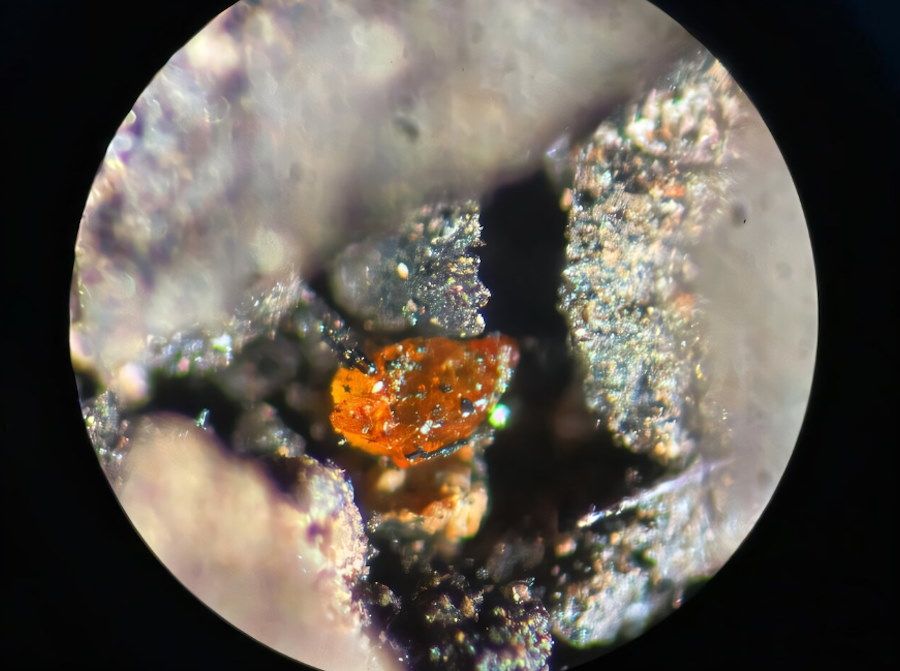Antarctica, a continent hiding beneath the ice prehistoric secrets, has yielded another surprising discovery. In a recently released paper, German and British scientists have described the first amber found on the icy continent. The find confirms that a forest grew at the South Pole 90 million years ago.
Amber from the depths
In 2017, a research expedition on the icebreaker Polarstern, led by scientists from the Alfred Wegener Institute and TU Bergakademie Freiberg, excavated a sediment core from a depth of 946 meters in Pine Island Bay. It was in this core that tiny pieces of amber, measuring between 0.5 and 1 millimeter, were discovered. The find was reported in the journal Antarctic Science.
“The analyzed amber fragments provide direct insight into the environmental conditions in West Antarctica 90 million years ago,” says Johann Klages, lead author of the study.

Antarctic rainforests
The amber research corresponds with earlier discoveries indicating the existence of rainforests during the Cretaceous period. Analysis of forest soil from that time, preserved roots, pollen and spores has shown that the climate in the area was once much warmer, allowing ecosystems such as rainforests to develop.
“The discovery of the amber reveals an ancient ecosystem that thrived in warm and humid conditions sufficient for the growth of resin-producing trees,” explains Klages.
The amber from Antarctica, though small, contains micro-inclusions – remnants of the tree’s original bark. Its high quality suggests that it was buried quickly, which kept it from decaying. Scientists speculate that the resin may have been secreted in response to a forest fire.
“This is another discovery that brings us closer to understanding the swampy, conifer-rich rainforests identified near the South Pole,” stresses Henny Gerschel of TU Bergakademie Freiberg.
Sources: Helmholtz Association of German Research Centers, Science Alert, Antarctic Science. Photo: Alfred Wegener Institute / V. Schumacher






